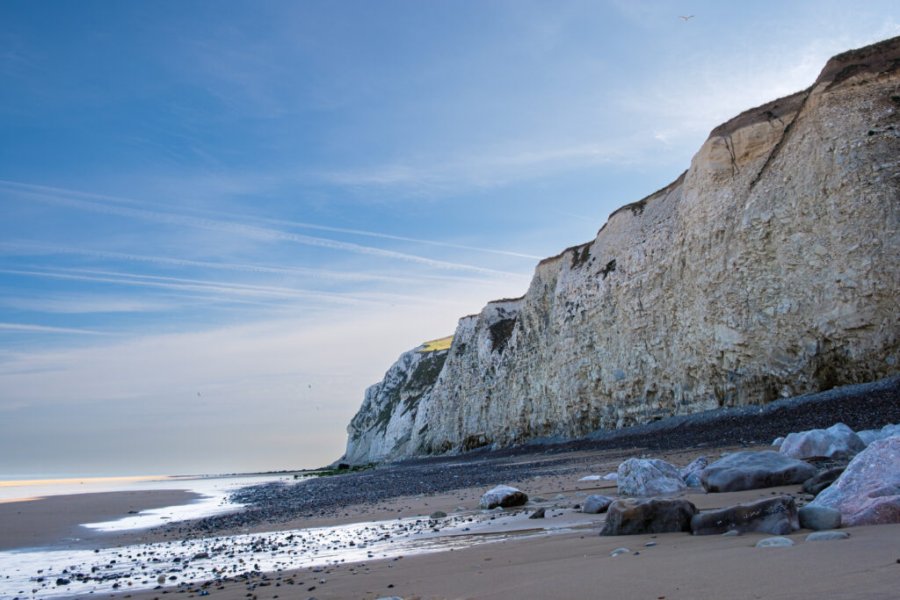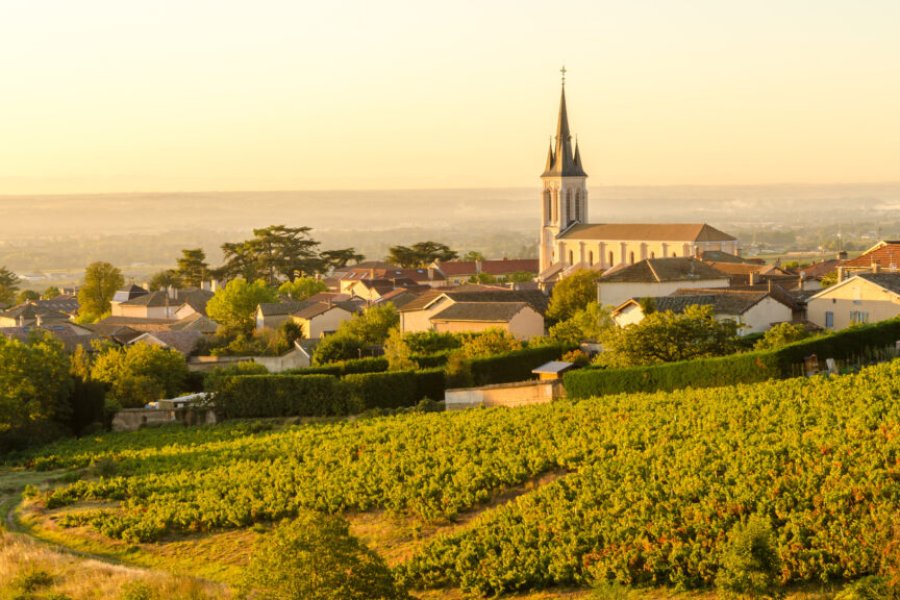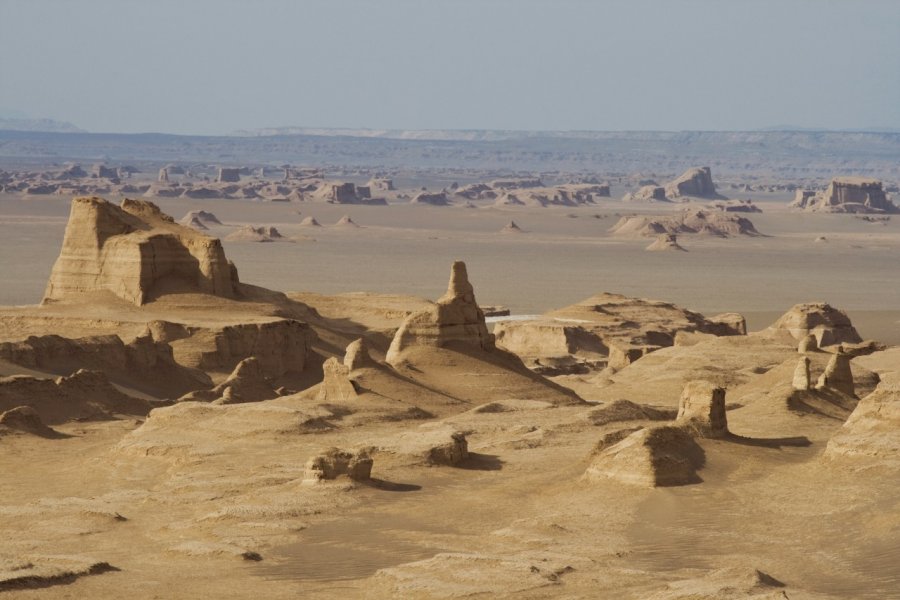Travel Guide Kerman
Find an accommodation
Advertising
After 9 p. m., Kerman sleeps. Arriving in the evening in this city can therefore give the impression of a dead city; however, from the very early morning, this sentiment is running out. The lanes of the bazaar are lively, and the very many relaxation spaces are frequented by young people and families. «Kerman is the heart of the world,» said Shah Nematollah Vali, a fourteenth-century poet. The capital of the eponymous province is comprised of 550,000 inhabitants (including suburbs). Located at 1,840 m above sea level and surrounded by mountains, it borders the western limits of the Kavir-e Lut desert. The third province of Iran by its area (179,390 km 2) is also one of the aridest regions of the country. But the extreme weakness of annual rainfall (135 mm) does not prevent large crops, dates, oranges, and pistachios from being harvested, the heart of agricultural activity. The proactive copy of Kermanians and the ancestral irrigation system (qanats) play a decisive role once again. Spared by the terrible earthquake that hit the city of Bam in December 2003 and killed nearly 40,000 people, Kerman owes a part of his reputation to the production of superb carpets among the most beautiful of Iran, whose kilims are the best testimony. It is also an excellent point of radiation in the region to visit the ruins of the fortresses of Bam and Rayen, to discover the refreshing Mahan Oasis or to immerse itself in the heart of the nearby desert. Like Yazd, the city comprises a Zoroastrian minority of nearly 3,000 people and hosts a large number of Baluches, particularly famous for the quality of their carpets.
What to visit Kerman?
Advertising
Weather at the moment
Advertising
Organize your trip with our partners Kerman
Transportation
Book your plane tickets
Car Rental
Boat rental
Accommodation & stays
Find a hotel
Holiday rental
Find your campsite
Tailor-made trip
Immersion travel
Services / On site
Activities & visits
Find a doctor
Kerman travel inspiration
Find unique Stay Offers with our Partners
Pictures and images Kerman
Other destinations nearby Kerman
100 km away
















